| {tabbedtable} Tab Label | Tab Content |
|---|---|
| Winner Announcement | Congratulations to Digimorf you are the winner of Ben Heck's Lunch Box Dev Kit! You also win a free BeagleBone Black Board!
Digimorf discovered the Ben Heck Show when he was building a prototype of the Apple-1.
He not only completed the project but shared it through his blog as a way to inspire other makers: Apple-1 Replica Emulator on ARM Cortex M4
Thanks for sharing your stories with us and letting us know what influenced you! |
| Winning Entry | Hi Ben,
first of all I wanted to thank you for this amazing channel and all great videos and tutorials you post. They are always creative, inspirational but also simple, clear and fun. That said, I am from Italy and I discovered you "in late", when I was doing a research on the Apple-1. I just saw the movie "The Pirates of Silicon Valley" and I literally fell in love with the wooden prototype of the Apple-1 that Mr. Wozniak presented to his bosses at HP. Great scene. Anyway I bumped into your portable Apple-1 replica and you completely amazed me. The light in my head turned on and I wanted to do something similar. I worked for some time with the Propeller and a PropC3, I wrote also an emulator for a SEGA computer, but Instead of using real old components like you did, I wanted to create an entire emulator on an ARM Cortex M4 board: the STM32F401 Discovery board. The Applefritter websites was fundamental, and I found great people that helped me during the development.
I am proud to show you what you inspired to me: This is the MARK1 of my Replica After I got the emulator working inside the Framewok: I developed my own TV driver, capable to drive PAL/NTSC TVs, interlaced or progressive. Then I designed a simple case on plywood and I cut all pieces by hand, it was a bit hard for me, but my will was strong and I got all pieces in a day: Assembled everything and painted with a protective oil for the wood. In the beginning I built a test monitor with an LCD inside, but I wanted to use a real CRT TV. I positioned all the components inside: The STM32F401 board at the center, the 2 bit TV DAC on top, an Arduino Mini Pro on the left, and a Keyboard borrowed from an old Macintosh 128K at the bottom. I liked the idea of having a real Apple keyboard, with those big and fat keys, so that when typing I could go back in the past But the problem here was the protocol of that keyboard, that is something similar to the I2C. So I found a project on the web that converted this protocol to USB for ARM Cortex. I took part of it and translated everything for an Arduino. The Arduino sends data to the STM32 board through a simple serial connection. I did this on purpose to leave resources to the emulator and the video generation. Then I started to work on a case for the final CRT monitor: Bought an old vintage portable 5" TV, disassembled and put the pieces inside the case, VERY VERY CAREFULLY At the end it was like having a baby. What I built is part of me Everything works and it's amazing using this computer. Not because it's powerful but because it brings me back to the past, when really bytes were important. Mr. Wozniak did an incredible machine (for those ages), so it's an honour to have built this.
Now I am developing the last part, the cassette tape driver. I am under the test phase but currently I can load and save data from/into an audio recording device. People at Applefritter.com were so kind to test some audio dumps on a real hardware and the driver seems to work properly. I still have the problem of the emulation speed that doesn't match perfectly the original hardware. Thus I can only load data saved from my emulator. I think I have to use a faster board, but anyway I am getting there. I had used also a trick to generate the output audio signal. Unfortunately the interrupt routine of the video stage delays a bit the emulation of the 6502 because of the video rendering routine, so the resulting saved waveform is irregular. Thè truck is this: while the emulator is saving or loading data, the System turns off the rendering engine and just shows lines according to the output signal toggling. This is not really the behaviour of the real Apple-1 but it's retro-ish. I also added a mini piezo speaker so that it's possible to hear the typical noise of data flowing... I was about to cry when I heard the "Voice of Apple-1" coming out from the speaker A far and forgotten sound.
Now I am documenting this project in a Blog so that it can be useful to others inspired makers
Apple-1 Replica Emulator on ARM Cortex M4
Anyway, Ben, thank you for this amazing channel, now I know how you might feel when you build stuff! So I wish you a very looooong lasting job on the Show.
Francesco |
The Ben Heck Show launched on a newly formed element14 community a little over six years ago, and it's hard to imagine what the community would look like without a YouTube show to build excitement around a community dedicated to electronic and design engineers. If there is a face of the element14 community, that face is Ben Heck and his crew. Ben, Karen, Felix, and Max make the show what it is. Just like its hard to imagine an Xbox community without the Master Chief or a Nintendo Community without Mario, the element14 community wouldn't be where it is without them.
Initially, known as an Internet celebrity renowned for his custom mods of consoles and game controllers, the pilot episode featured Ben with a custom modded controller he built for a disabled gamer and beginning work on a modded Xbox 360 laptop. Since then the show has not been afraid to take on virtually anything related to electronic and design engineering. Most of the builds are inspired by feedback from the element14 community and Ben has given away many of them to members of the element14 community.
| {gallery} My Gallery Title |
|---|
Over the years, Ben Heck has taken a passion for electronics, and used his show as a platform for inspiring the Maker Movement. Perhaps, one of his greatest strengths is his ability to take something that's technical and would seem dry and complicated to most people, explain it with an energy and enthusiasm that's infectious, and do so in a way that's easy to understand without dumbing anything down. The result is self-empowering, making information known by trained electronic or design engineers, accessible to a larger audience who may have an interest in electronics but not the background. Topics Ben has covered include logic gates, soldering, interfaces, schematics, PCB etching, battery charging circuits, and more. Ben says about starting his show six years ago: "The team at element14 and I understand the passion that motivates and excites the growing modder universe... Anyone who is even the slightest bit technologically curious will enjoy the show and walk away from each episode a little savvier about the technology they use every day."
There have been 6 seasons and over 250 episodes since The Ben Heck Show began in 2010. Now its your turn to show your appreciation for Ben and let him know what The Ben Heck Show has meant to you.
Tell us YOUR story! How has The Ben Heck Show influenced YOUR passion for electronics!
The most thrilling response wins Ben Heck's Lunch Box Dev Kit plus a BeagleBone Black Board!
Feel free to talk about a project you were inspired to build or something you saw on an episode that ignited your interest in electronics or design engineering. As always feel free to show videos or projects you have worked on that were inspired by something you saw on The Ben Heck Show.
Ben Heck's Lunch Box Dev Kit is a portable, plug-and-play hardware development enclosure suitable for diagnosing problems on the go and swapping over between kits. It includes a screen, a keyboard, mouse, and a few power options in one convenient package. It was made using the BeagleBone Black, a modified Motorola Atrix phone dock and with various 3D printing tools at their disposal. You can lug your Ben Heck Lunch Box to trade shows or anywhere else you need access to an LCD screen and keyboard to plug-and-play dev boards! The design is inspired by the first portable computers which were commonly known as "Lunchbox" or "Luggable" Computers.
In 1973, the IBM Palo Alto Scientific Center developed a portable computer prototype known as SCAMP (Special Computer APL Machine Portable). It was based on the IBM Palm processor with a Phillips compact cassette drive, small CRT and fully functional keyboard. Two years later, in 1975, successful demonstrations of the SCAMP prototype led to the first commercial release of a "Luggable Computer", the IBM 5100. Examples, of other early "Luggable" computers included the MIT Suitcase Computer in 1975, the Xerox NoteTaker in 1976, and the Micro Star or Small One in 1979. They were followed by the first mass-produced microprocessor-based portable computer, the Osborne 1 in 1981; the Kapro in 1982; the first IBM PC compatible portable computer, the Compaq Portable in 1983; the first full-color portable computer, the Commodore SX-64 in 1984; and finally the Macintosh Portable in 1989.
| Ben Heck's Lunch Box Dev Kit Episode |
|---|
 |
Directions:
Step 1: Log in or register on element14, it's easy and free.
Step 2: Post in the comments section below and tell us how The Ben Heck Show influenced your passion for electronics. Videos, pictures and text are all welcomed forms of submission.
Step 3: Sit back, relax, and enjoy the show! We will accept entries until 3:00pm CDT October 26th, 2016 and Ben, Karen, or Felix will announce the winner on YouTube after all entries have been carefully considered! If you need something to do between now and then make sure to check out what is happening This week on element14 Community, or watch more Ben at element14.com/TBHS.
Bonus points if you comment and like your favorite episodes from Learn the Basics of Electronics with Ben! Show your enthusiasm by liking or commenting on some or all of his guides:

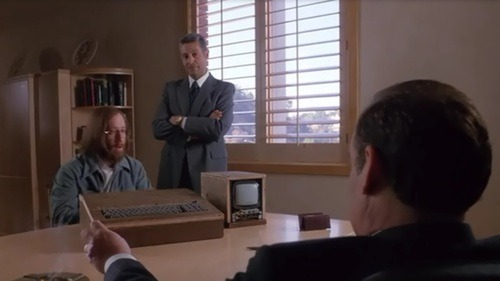
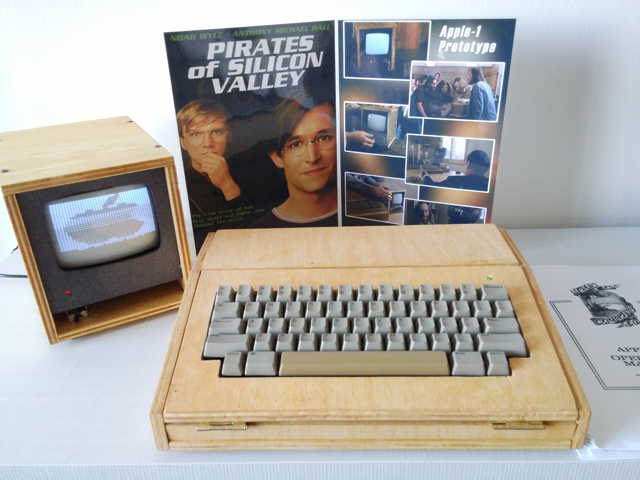
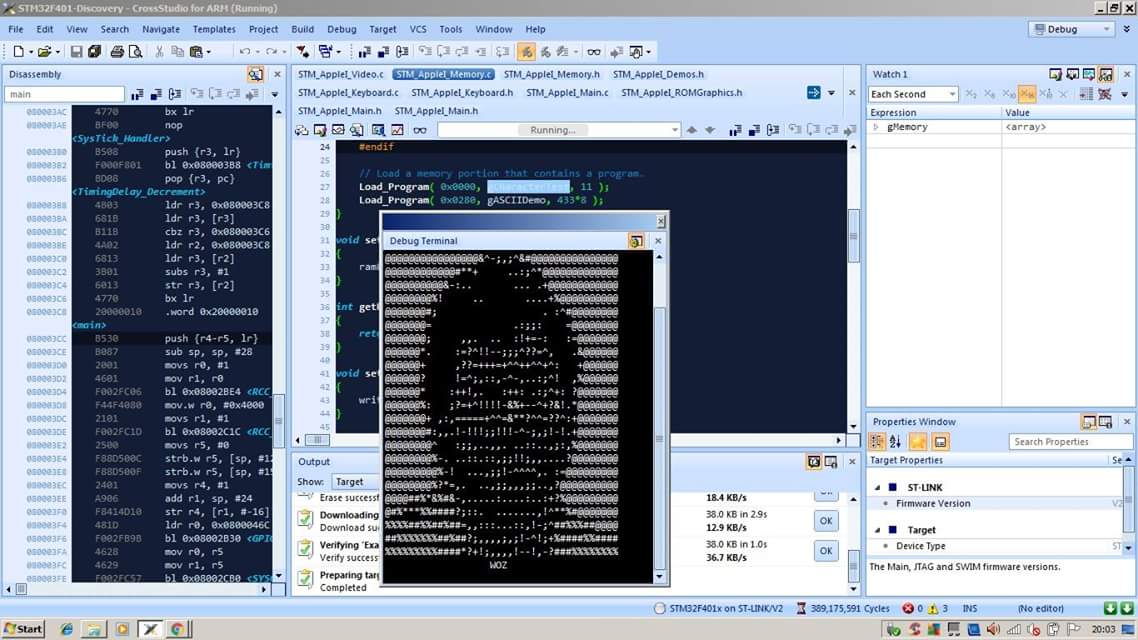
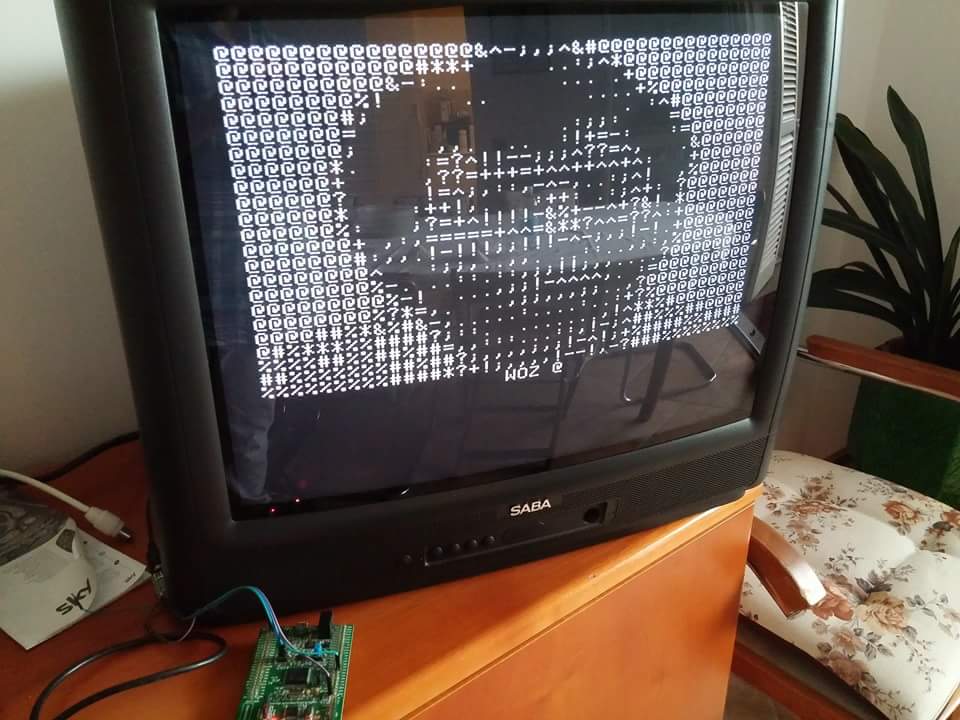
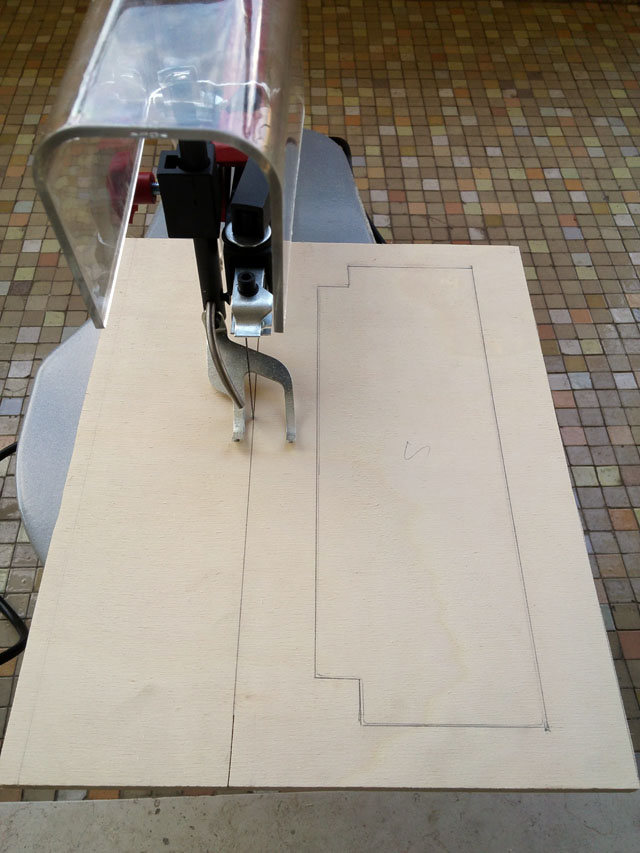
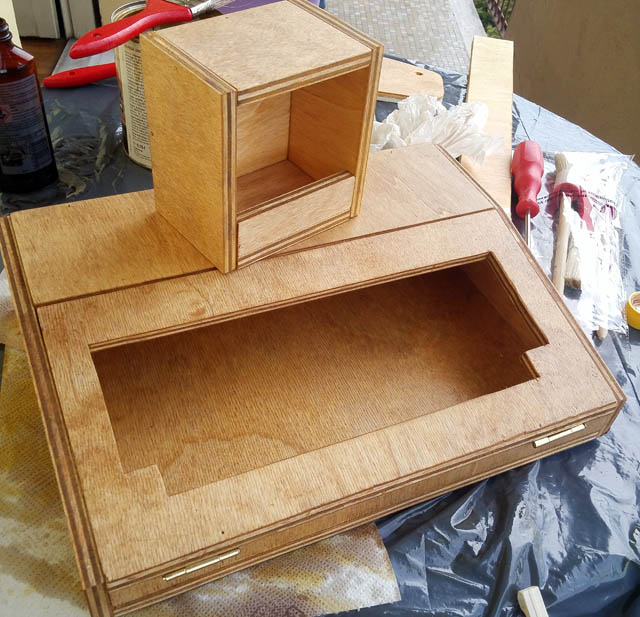
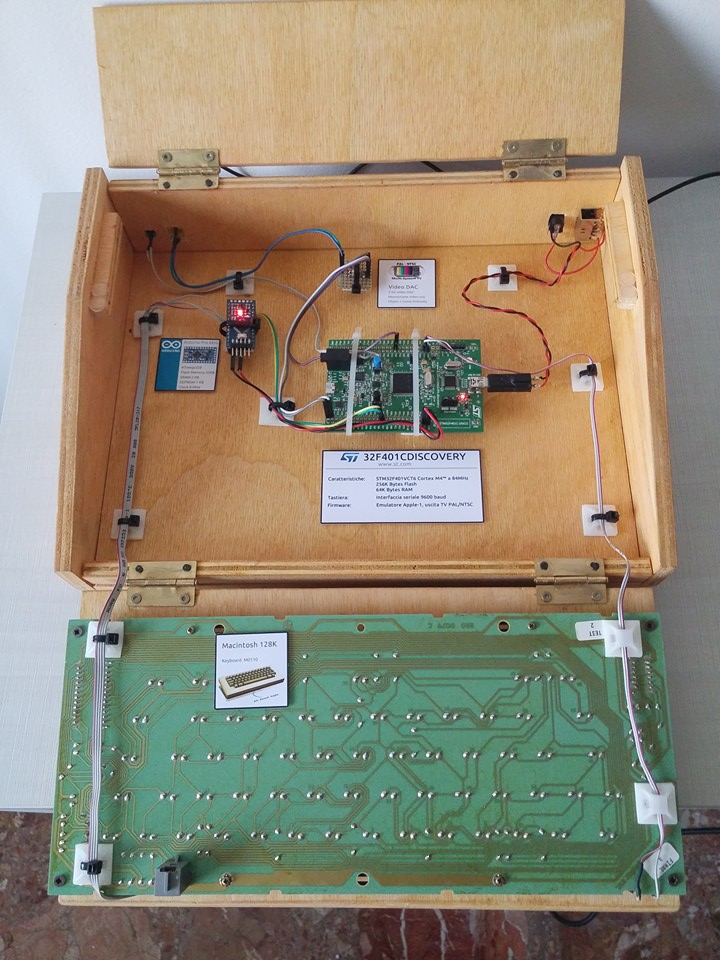
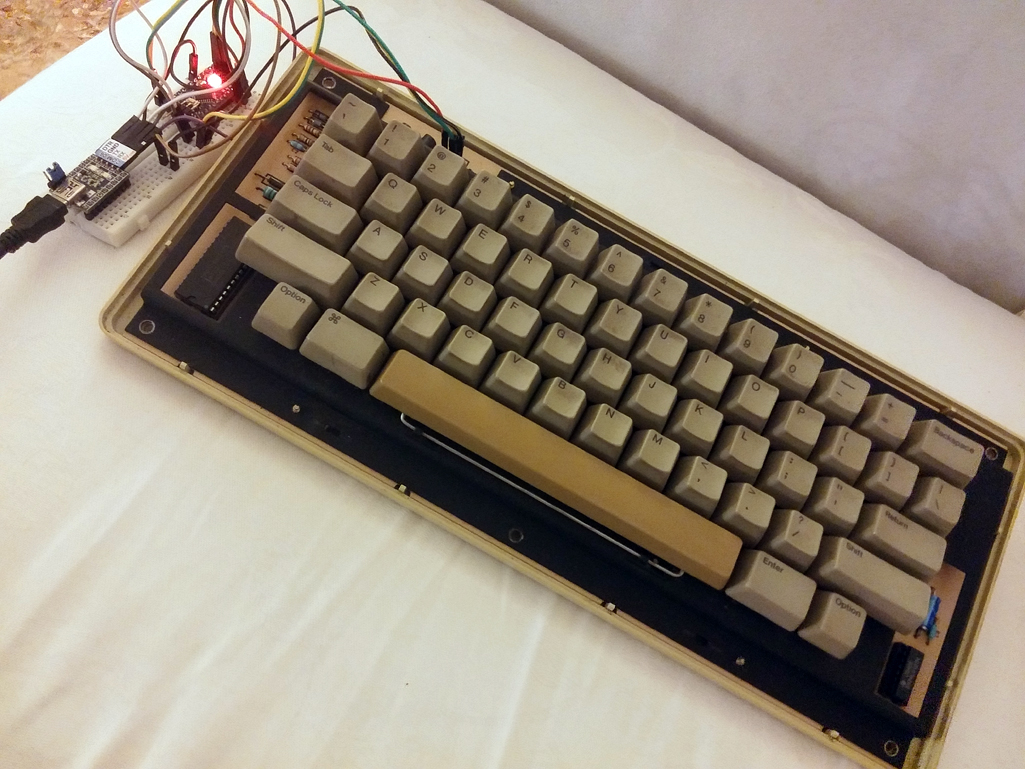
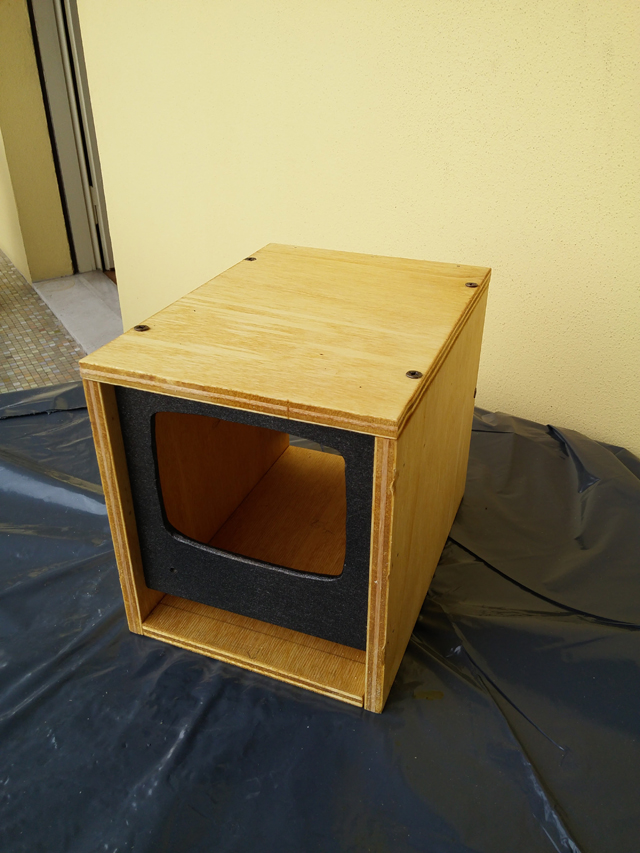
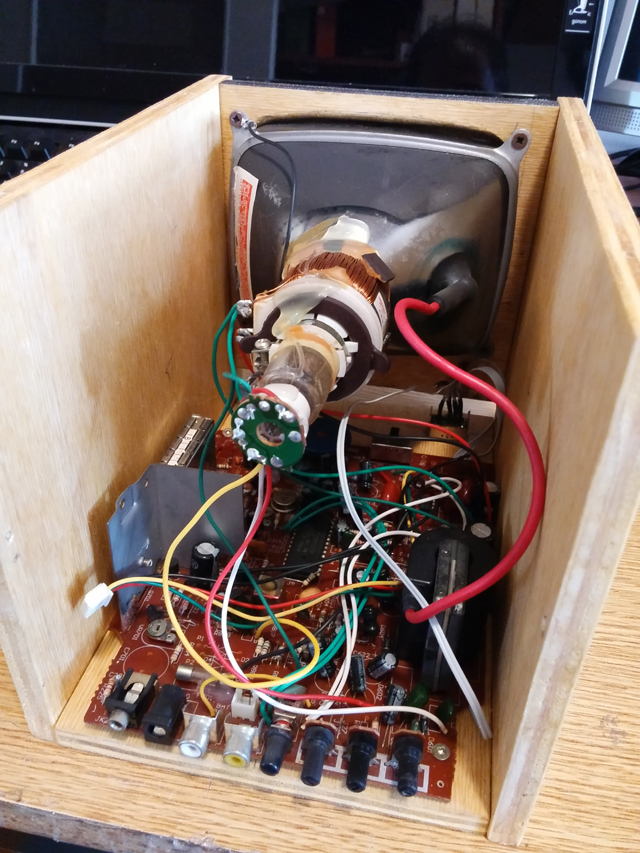
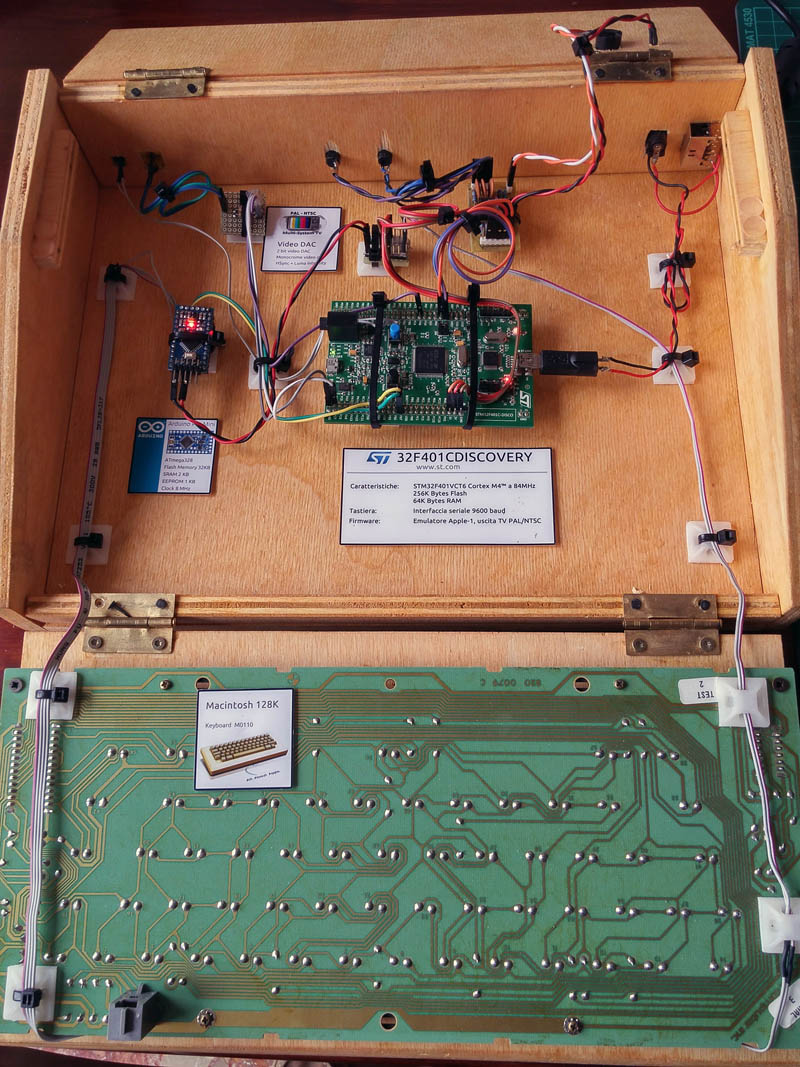
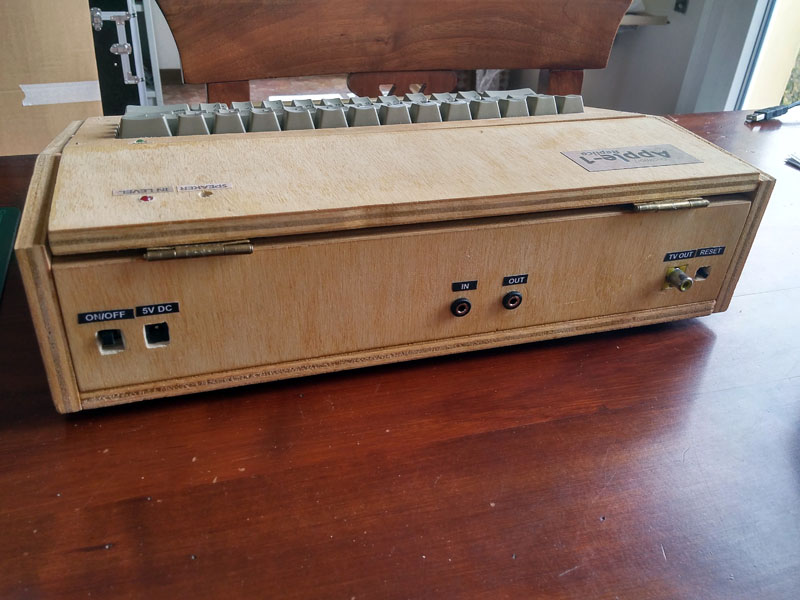
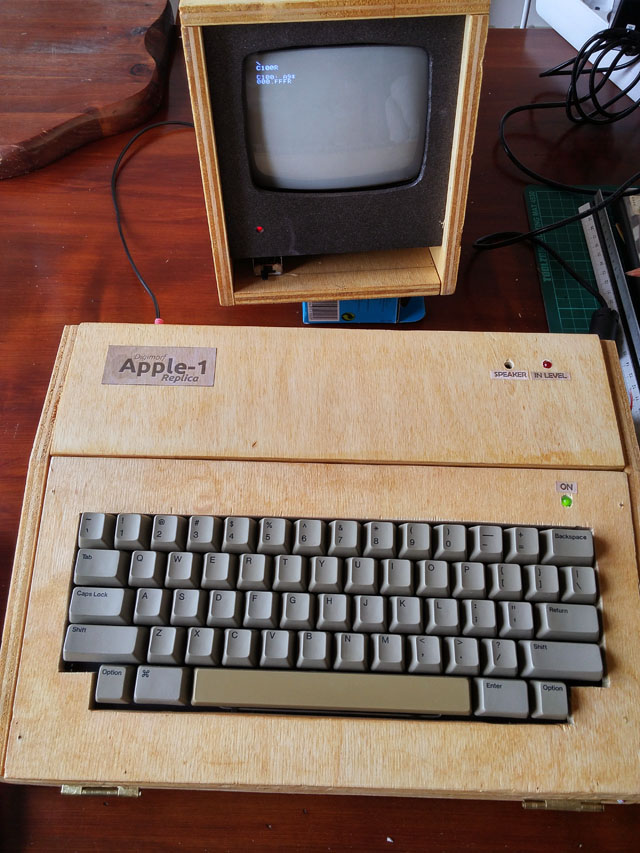
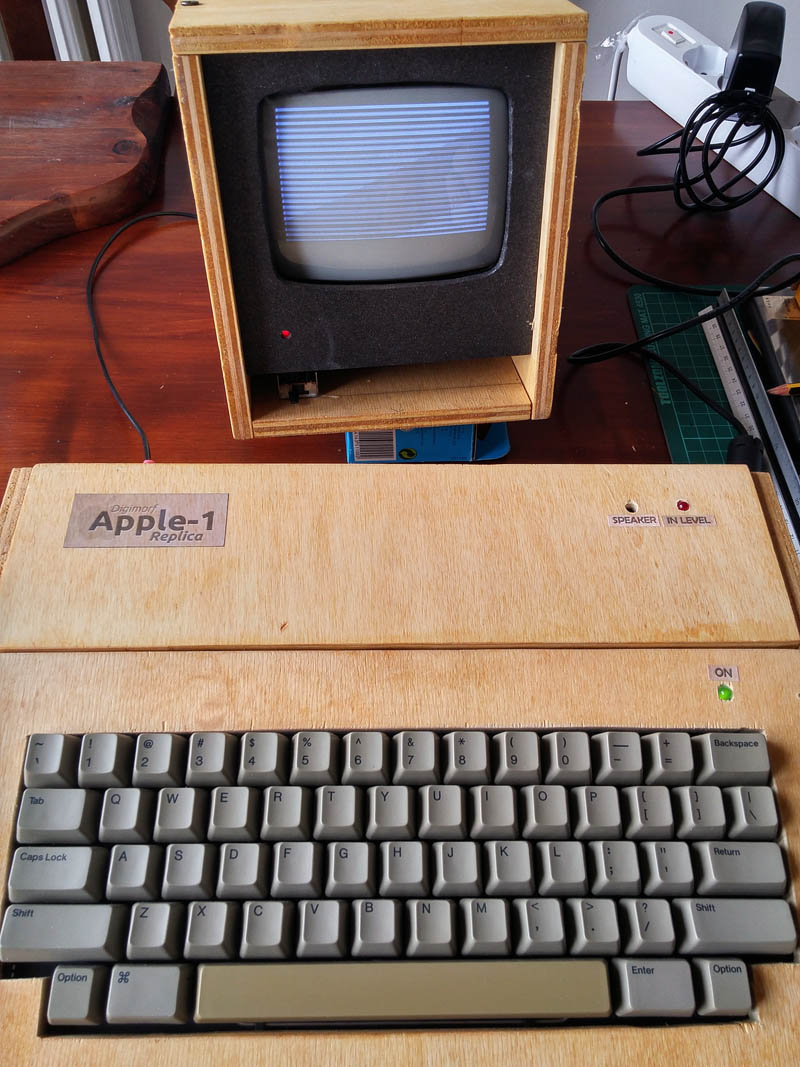








Top Comments